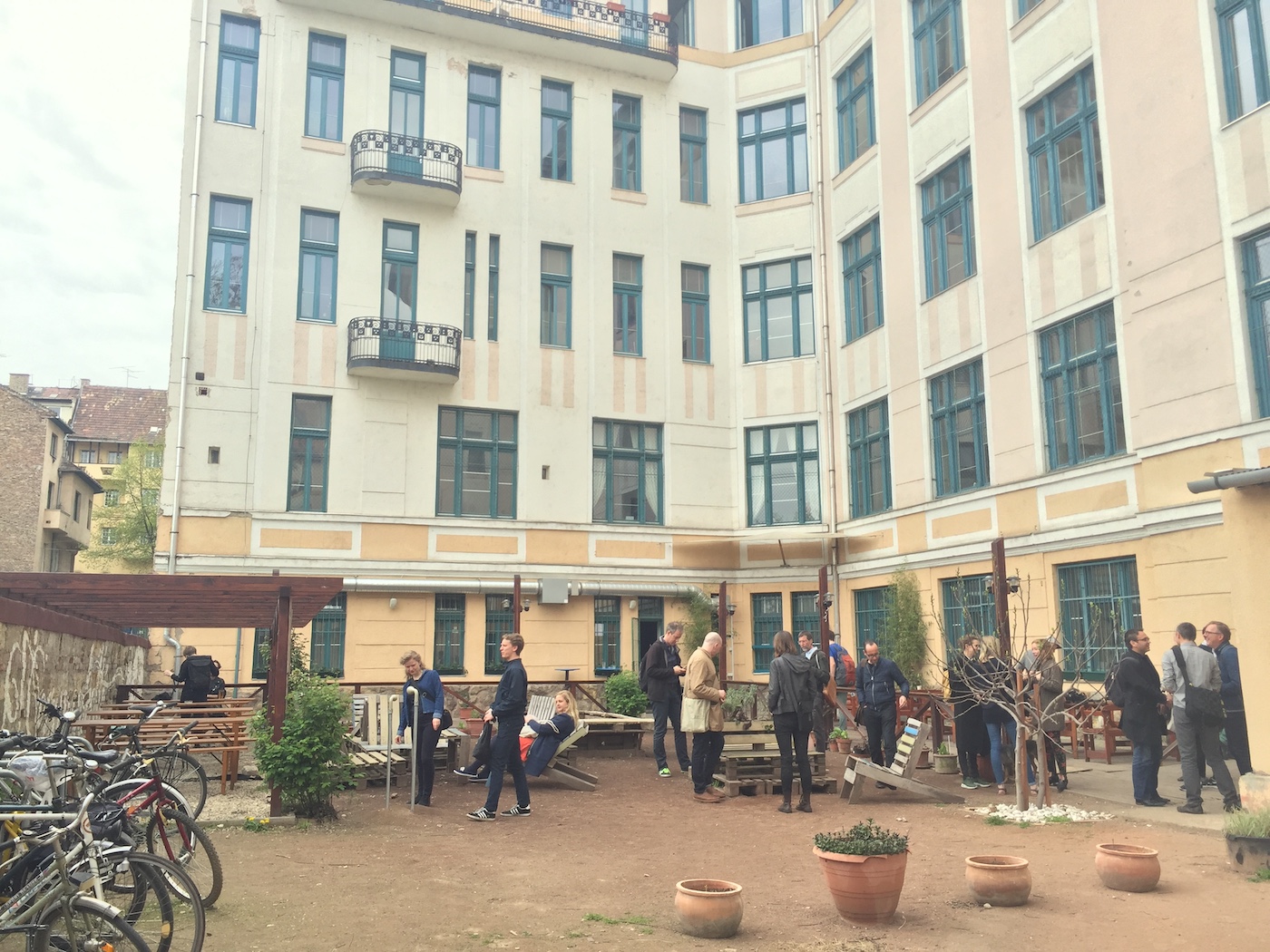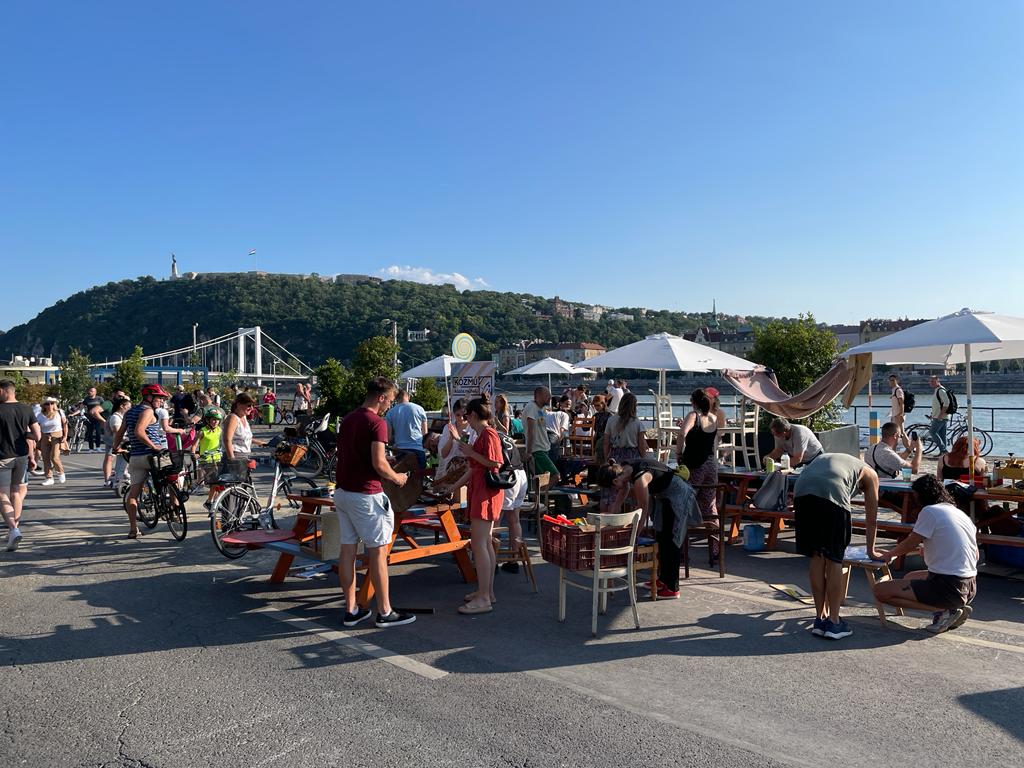Independent culture is a vital ingredient of Hungary’s cultural landscape. While Budapest remains a thriving metropolis with a strong independent scene and many smaller towns also cultivate their alternative cultural initiatives and venues, the Orbán government’s conservative takeover in the 2010s has significantly shrunk the latitudes of independent culture organisations. With reorganised funding bodies and an increased budget for government-controlled cultural institutions and events, funding for non-aligned organisations have been diminishing, combined with new administrative barriers: organisations receiving funding from abroad have been labelled as “foreign agents” and those identified as “adapt to influence public opinion” have been recently invited to prepare for special audits by the Hungarian Tax Authority. Adding to this the current brain drain that relocated many cultural actors from Hungary to Central and Western European cities, the perspectives for independent culture in Hungary might look dire.
Nevertheless, the independent scenes in Budapest and other Hungarian towns have proven resistant and resilient. Similarly to the rise of reader-financed independent newspapers, many cultural organisations have also began to increasingly rely on their communities for funding as well as human resources. The networked nature of cultural actors and initiatives has enabled the organisations that remained in Hungary to continue their cooperation with others that moved or start exchange with many initiatives abroad. Transnational funding from the EU and other sources helped many independent organisations to survive and even grow without practically any national subsidies.

The resilience of the Hungarian independent cultural scene and its resistance to political influence are not without any precedents. During the last decades of communist rule, independent culture constituted a parallel sphere, with its infrastructure and public separated from the places and publics of officially supported culture. Sometimes remaining in the realm of the “tolerated” section of culture, but more often delegated in the “prohibited” realm and hiding from the eyes of political censorship, independent productions in the 1970s and 1980s often found refuge in private or semi-public, semi-invisible spaces at the periphery of the system’s horizon.
Hungarian culture has also had a complex and contradictory trajectory after the fall of the Berlin Wall. While the democratic transition created new institutions for culture, and remodelled old ones, the underground and alternative milieux of the 1980s and 1990s also inspired significant experimentation in establishing new organisational forms and spaces for social and cultural exchange. Many of the activities that were constrained to draw back in private spaces before the regime change, found a new home in abandoned spaces and newly established venues across the city in the 1990s. Instead of consolidation, however, the independent cultural scene in the 2000s witnessed an increasing commercialisation of its spaces, with many cultural pioneers rapidly turning into gastronomy entrepreneurs and former cultural venues becoming hotspots of the exploding nightlife tourism.
Reinforcing the effects of the 2008 economic crisis, the post-2010 conservative dominance of political, economic and social life in Hungary provoked a resurfacing of parallel cultural and social services and infrastructures. The recession prompted successive governments to reorganise their welfare policies and services: the country went through an Excessive Deficit Procedure imposed by the European Union, forcing cuts on state and municipal budgets, and reducing spending on social, cultural and educational services. Besides the budget cuts, an aggressive nationalisation process by the new government elected in 2010 engaged in reorganising the allocation of resources, replacing and centralising the funding bodies of social, cultural and educational activities.
In 2010, the conservative takeover of the Hungarian government was completed by the election of a Fidesz-aligned mayor in Budapest and conservative majority in other local governments, making life increasingly complicated for independent cultural actors. In 2011, within the distance of only a few months, a variety of major independent cultural venues like Sirály, Tűzraktér or Merlin were forced to close by conservative Budapest municipalities that referred to the expiration of rental contracts and their violation by the tenant organisations.

The loss of some cultural venues and the quick commercialisation of others in the early 2010s left an entire cultural community uprooted and looking for alternative solutions to establish new collective spaces and to transfer its public, belongings, equipment and furniture. Adding to the economic and political pressure on the spaces of culture, the new policies of the successive Orbán governments also restricted the possibilities of NGOs and cultural organisations in accessing funding and spaces alike: establishing a thorough political control over public resources and launching a crusade against non-aligning initiatives and NGOs, the new political leadership turned culture into an ideological weapon and space into a privilege reserved to loyal organisations and individuals, or an asset to trade for various kinds of benefits.
As a response to this situation, a new generation of cultural initiatives and spaces were born, building on their existing communities and making use of their expertise in organising events and running spaces. This new generation of cultural venues like Jurányi Ház, Művelődési Szint, Auróra or organisations engaged to make better cities and public spaces like KÉK and VALYO were also keen on securing their financial and political independence, by building a sustainable economic model based on building a professional profile, renting out studios and workshops and organising events; or by choosing privately owned buildings for their activities. Aware of the shrinking space for civic initiatives and community activities, all these spaces were born from the ambition to revive the tradition of the “house of culture,” a community venue giving room for a variety of activities, an open-for-all public space where consumption is not required.
The 2020s brought about significant changes in the independent cultural scene. While the Orbán government defined Kulturkampf as its key focus for its 2018-2022 term, the municipal elections of October 2019 resulted in a landslide victory for opposition candidates in Budapest and major towns across the country. In the following years, despite political pressure on local municipalities and significant budget cuts imposed by the government, alternative and independent culture has become an important policy focus in cities. In Budapest, the importance of alternative culture has been recognised in the form of the online platform ALT.BP that brought together key organisations and venues of the city’s independent cultural scene. At the national level, the network Szabad Terek (Free Spaces) has connected independent cultural and social initiatives from across the country to transfer knowledge and exchange experiences.

While the Covid-19 pandemic and the consecutive lockdowns disrupted the cultural sector more than any others, community-backed cultural organisations weathered the crisis better than others (despite practically not receiving any help from the government’s aid package). Budapest, exemplifying the new municipal mindset, opened new channels of cooperation with NGOs and other cultural organisations, in order to shape future policies together. With new festivals of the municipality now acting as umbrellas bringing together events organised by the municipality’s partner organisations, there is a new recipe for a better use and distribution of scarce resources.
In the midst of this political transformation at the local level, the seamless re-election of the Orbán government in 2022 surprised many protagonists of Hungary’s cultural sector. While undoubtedly, the brain drain is intensifying, and the government is raising pressure on non-aligned organisations, independent culture can rely on its local communities and resilient structures to survive the coming years. And if in the midst of the rule of law procedure against Hungary, the EU were to agree with redirecting the Recovery Funds towards local municipalities and civil society organisations, it would certainly strengthen the country’s alternative cultural scene as a last resort for independent thinking and democratic imagination.
Article written by Levente Polyak.
This piece is powered by Reset!, the network promoting independent cultural and media actors in Europe. See example here and here.

